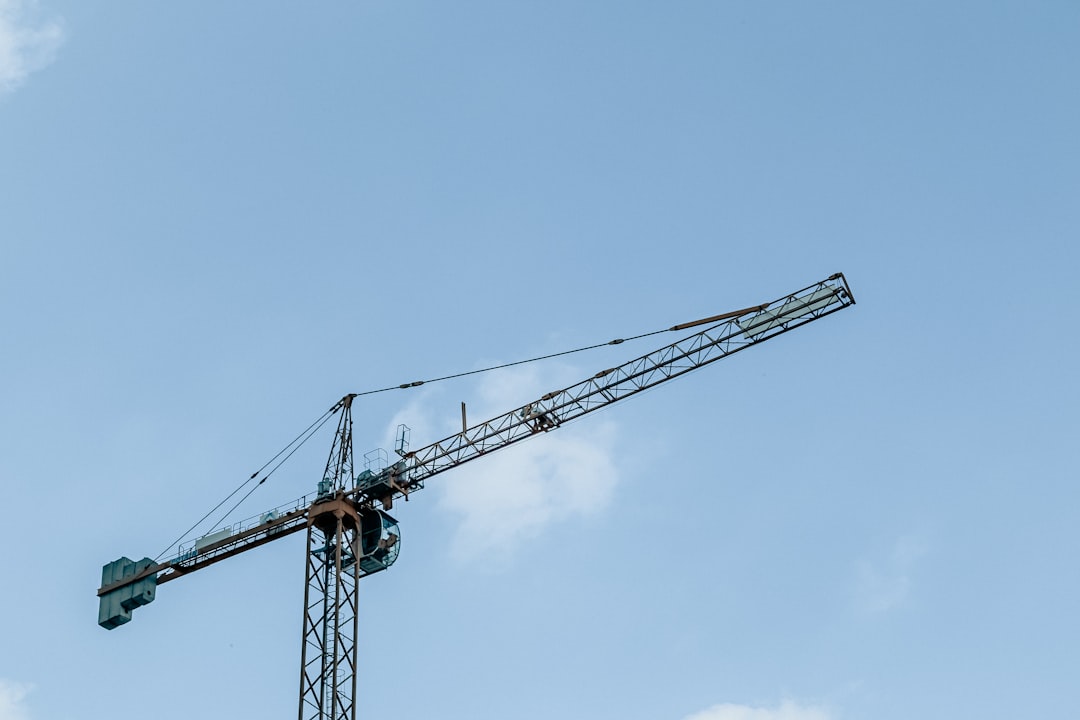body {
font-family: sans-serif;
line-height: 1.6;
}
h1, h2, h3 {
color: #333;
}
img {
max-width: 100%;
height: auto;
}
The construction industry is undergoing a significant transformation, driven by the need for sustainable, efficient, and cost-effective building solutions. Hybrid construction techniques, which cleverly combine traditional building methods with modern, innovative approaches, are at the forefront of this revolution. This comprehensive guide delves into the various aspects of hybrid construction, exploring its benefits, challenges, and future potential.
Understanding the Essence of Hybrid Construction
Hybrid construction isn’t about simply using a mix of materials; it’s a strategic approach that leverages the strengths of different methods to optimize the entire building process. For example, a project might utilize prefabricated modular units (a modern technique) integrated into a traditional steel or timber frame structure. This blend can result in faster construction times, reduced on-site labor, improved precision, and enhanced sustainability. The key lies in carefully selecting materials and methods based on the specific project requirements, site conditions, and desired outcomes. This often involves a detailed analysis of lifecycle costs, considering factors like material sourcing, transportation, assembly, and long-term maintenance.
Popular Hybrid Construction Methods: A Detailed Look
Several hybrid approaches are gaining popularity. One common method involves combining steel frames with precast concrete elements. Steel provides strength and flexibility, while precast concrete offers durability and fire resistance. The precast components can be manufactured off-site, reducing construction time and minimizing on-site disruption. Another popular combination is timber frame structures integrated with cross-laminated timber (CLT) panels. CLT, a highly engineered wood product, offers excellent strength and stability, allowing for larger spans and faster construction. Furthermore, the use of mass timber in hybrid structures is becoming increasingly prevalent, offering a sustainable and aesthetically pleasing alternative to traditional materials. Other combinations include steel and masonry, concrete and bamboo, and even the integration of 3D-printed components into existing frameworks.
Benefits of Embracing Hybrid Construction Strategies
The advantages of hybrid construction are numerous. Firstly, it offers increased speed and efficiency. Off-site fabrication of components significantly reduces on-site construction time, leading to faster project completion. Secondly, it enhances precision and quality control. Prefabricated elements are manufactured in controlled factory environments, ensuring higher accuracy and reducing the risk of errors. Thirdly, it contributes to improved sustainability. Hybrid methods often incorporate sustainable materials like timber and recycled content, reducing the environmental impact of construction. Fourthly, it results in cost optimization. While initial investment might be higher in some cases, the overall cost can be reduced due to faster construction, reduced labor, and minimized waste. Finally, it offers greater design flexibility, allowing architects and engineers to explore innovative and creative building solutions.
Challenges and Considerations in Hybrid Projects
Despite the numerous benefits, hybrid construction also presents certain challenges. Coordination and integration of different materials and methods require meticulous planning and expertise. Effective communication between different teams involved in the project is crucial. Logistics and transportation of prefabricated components can be complex, particularly for larger projects or in areas with limited access. Furthermore, design and engineering need to address the compatibility of different materials and their structural interaction. The availability of skilled labor proficient in handling various construction techniques is also a crucial factor. Finally, regulatory compliance can be more intricate due to the use of multiple materials and methods, requiring careful adherence to building codes and standards.
The Future of Hybrid Construction: Trends and Innovations
The future of hybrid construction is bright, with ongoing advancements in materials science, digital technologies, and construction techniques. We can expect to see increased adoption of parametric design and Building Information Modeling (BIM) to optimize the design and construction process. The integration of advanced robotics and automation will further enhance efficiency and precision. The use of sustainable and recycled materials will become increasingly prevalent, promoting environmentally responsible building practices. Furthermore, we can anticipate the emergence of new hybrid methods, combining innovative materials and technologies to create even more sustainable, efficient, and cost-effective building solutions. Research into using bio-based materials, self-healing concrete, and smart building technologies will further shape the future landscape of hybrid construction.
Hybrid construction techniques represent a significant step towards a more sustainable, efficient, and innovative built environment. By overcoming the challenges and embracing the opportunities, the construction industry can leverage these methods to create buildings that are not only functional and aesthetically pleasing but also environmentally responsible and economically viable.




